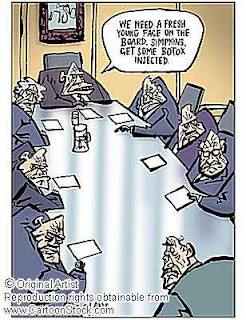Illuminate-
In experimenting with watercolors Suzanne taught us how to show different values of shading and that the best way to enhance light is to use color to fade into the white on the page. I used this technique in adding value to the cheeseburger in the foreground of the following vignette. The Ancient Egyptians had a culture built around the sun which reflected through the materials they used to embellish their pyramids. Egyptian Pyramids in Pointing to the sun had golden tips and white limestone sheathing to increase their sheen and delight (Roth 189-213). The Greeks developed lighting styles within their houses which would serve their needs for income as well. Small cobblestone Courts in the middle of their houses would have a roof cut out which would provide light for the house (Roth 178-277).


Idiom-
An idiom that comes to mind in regards to iarc is to not bite off more than you can chew! Although idioms are short phrases they are designed much like stories in aiding the reader to their meaning. The phrase "Biting off more than I can chew" literally makes me remember of times when my parents wanted me to eat everything on my plate. I would try and take large bites to get through the food faster, but sometimes I would end up throwing up. "Rags to riches" is a story within itself and flows well with the two "R" words. With the vignette below, I drew from a restaurant scene it may be said that "birds of a feather flock together" meaning old fat people eat with old fat people. Roth discusses how during the medieval period in Europe an architect was not really a defined title; that they were often "jacks of all trades" (119-136). They were often skilled builders who also studied astronomy, mathematics, and biology.
Material-
"Don't tell me what the supposed meaning of the color is tell me what it means within your composition in regards to the other colors." Something like this was heard from Stoel many times during our our story-based apparel critique. So rather than saying the dark blue of my hat represents water and hopeful greatness; its purpose along side the pointed bill and down-turned style of wear is to invoke a mysterious feeling among those who see it.
The Egyptians learned and pondered much about how they could present themselves to God. 3rd dynasty Pharaoh Zoser invented the ancient Egyptian pyramid as a glorified tomb. After him, successive pharaohs built on his prototype creating larger pyramids with gold tips and luminescent white limestone sheathing (Roth 178-277).

Commodity, Firmness and Delight-
The ancient Egyptian's special focus on firmness (buildings meant to last eternities) provided direction for their commodity and delight in that permanence goes hand in hand with God (Roth 170-297).
From our last critique I learned how a solid presentation was just as important as the wearable artifact. Commodity is compromised when presentation (delight) is lacking as potential clients for the apparel may be bored by the presentation rather than be impressed by the item's incredible function.

Reflection-
From the egyptians to the apparel critique; a large part of this week's importance had to do with presentation. How can a group of people present themselves to God? something so grand can perhaps only be impressed by incredible architecture. The limitation of materials the Egyptians had to work with pushed them to develop new (for them and those around them) building styles such as columns and most importantly pyramids. Working with what you have forces you to evaluate how you can embellish or make it seem to others like what you have is great and they need it. In order to accomplish this we as designers must be "jacks of all trades."
Citations- www.cartoonstock.com









